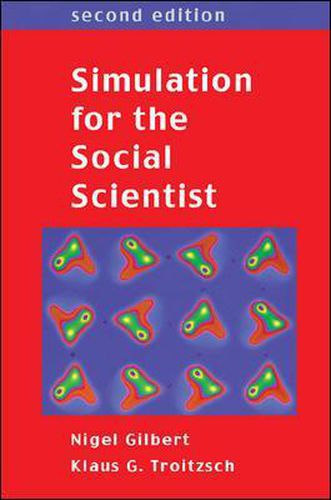Readings Newsletter
Become a Readings Member to make your shopping experience even easier.
Sign in or sign up for free!
You’re not far away from qualifying for FREE standard shipping within Australia
You’ve qualified for FREE standard shipping within Australia
The cart is loading…






This is a practical textbook on the techniques of building computer simulations to assist understanding of social and economic issues and problems. Interest in social simulation has been growing rapidly worldwide as a result of increasingly powerful hardware and software and also a rising interest in the application of ideas of complexity, evolution, adaptation and chaos in the social sciences. This authoritative book details all the common approaches to social simulation, to provide social scientists with an appreciation of the literature and allow those with some programming skills to create their own simulations. New for this edition is a chapter on how to use simulation as a tool. A new chapter on multi-agent systems has also been added to support the fact that multi-agent modeling has become the preferred approach to simulation. Social scientists in a wide range of fields will find this book an essential tool for research, particularly in sociology, economics, anthropology, geography, organizational theory, political science, social policy, cognitive psychology and cognitive science. It will also appeal to computer scientists interested in distributed artificial intelligence,
$9.00 standard shipping within Australia
FREE standard shipping within Australia for orders over $100.00
Express & International shipping calculated at checkout
This is a practical textbook on the techniques of building computer simulations to assist understanding of social and economic issues and problems. Interest in social simulation has been growing rapidly worldwide as a result of increasingly powerful hardware and software and also a rising interest in the application of ideas of complexity, evolution, adaptation and chaos in the social sciences. This authoritative book details all the common approaches to social simulation, to provide social scientists with an appreciation of the literature and allow those with some programming skills to create their own simulations. New for this edition is a chapter on how to use simulation as a tool. A new chapter on multi-agent systems has also been added to support the fact that multi-agent modeling has become the preferred approach to simulation. Social scientists in a wide range of fields will find this book an essential tool for research, particularly in sociology, economics, anthropology, geography, organizational theory, political science, social policy, cognitive psychology and cognitive science. It will also appeal to computer scientists interested in distributed artificial intelligence,